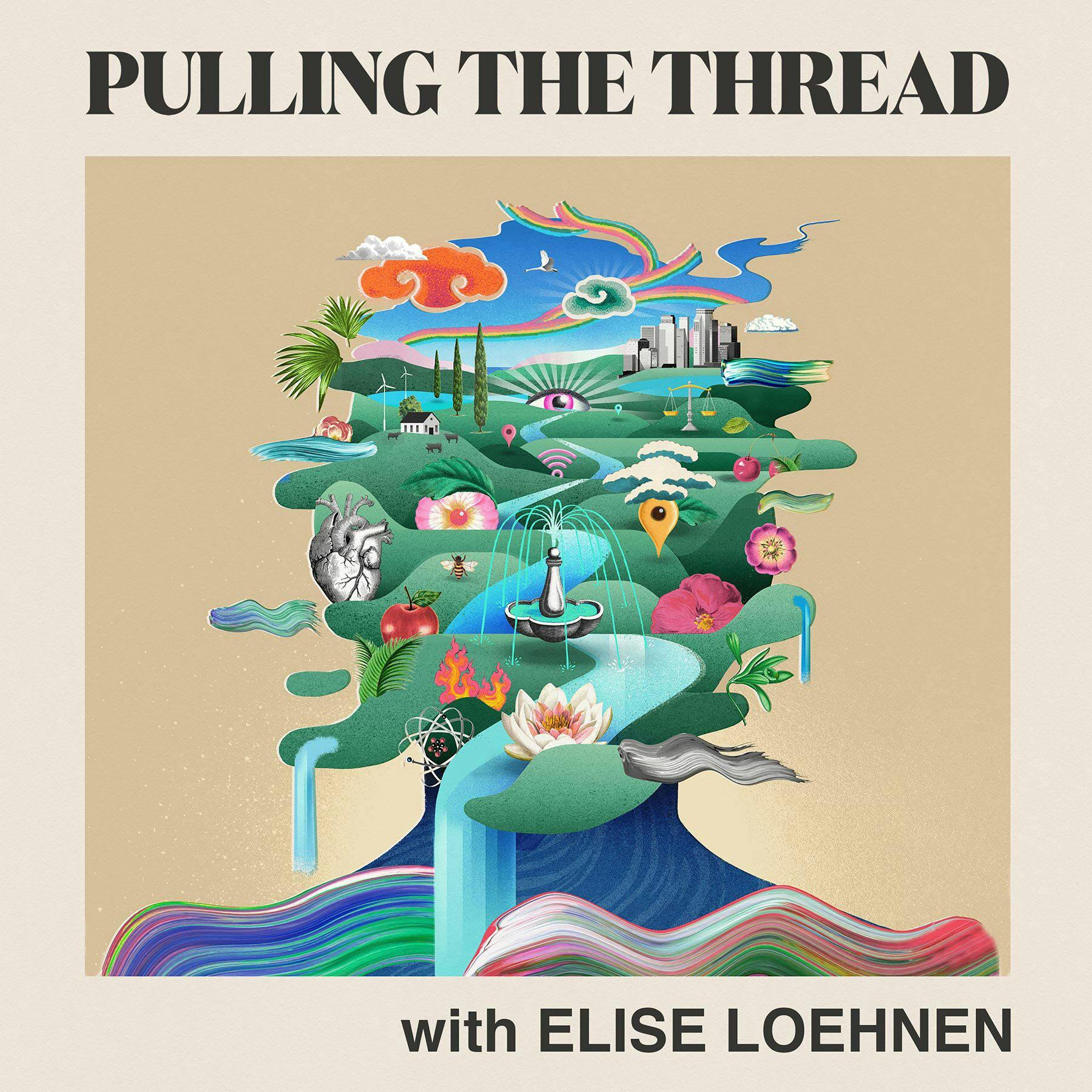Finding the Mother Tree (Suzanne Simard)

\u201cAs scientists, we often look at one thing and we say, oh, that's the one thing it's competing for light. And then, and that's true. That's what people did. You know, the science, the experiments were simple, um, looking at one resource and not at the whole ecosystem. And so you miss all, you miss all these other ways that they're interacting. And if you, if we could look at the whole thing all at once, we would make completely different decisions about how to manage that ecosystem. But because people were so focused that Birch is competing for light and not just Birch, but Aspen and all kinds of like red Alder, all kinds of other species. And that led to the wholesale herbicide of these native plant communities to get rid of these so-called competitors. And if we'd just known ahead that they were also collaborating at the same time, any thinking person would never have gone in and poisoned these other plants. Because they create balance in the ecosystem,\u201d so says Suzanne Simard, professor of forest ecology at the University of British Columbia, pioneering researcher into plant communication and intelligence, and best selling author of, Finding the Mother Tree: Discovering the Wisdom of the Forest. Born and raised in logging country, Suzanne and her holistic views of forest ecosystems were not welcomed into the male-dominated forestry industry. Pushed into academia, she has dedicated her career to investigating the complex relationships between trees. She is best known for her work on the communal lives of trees, exploring the ways in which trees use below-ground fungal networks to communicate, compete, and cooperate\u2014exhibiting sophisticated social traits characteristic of a civil society not too different from our own. At the center of it all, she tells us, are the Mother Trees\u2014immense, highly connected beings that play a vital role in intertwining and sustaining those around them.\xa0\nOur conversation dives into these enthralling, mysterious relationships, and the practical application of Professor Simard\u2019s work on forest resiliency and adaptability, including how to manage and heal forests from human impact. We must value our ecosystems for more than what we exploit them for, she tells us, and by restoring biodiversity and respecting nature\u2019s brilliance, we can reconnect to the intelligence of the natural world, and hopefully uncover a better way forward in the process.\n\nEPISODE HIGHLIGHTS:\n\nCommunities seeking balance\u2026\n\nThe development of a forest\u2026\n\nExploring the right relationship with nature\u2026\n\n\nMORE FROM SUZANNE SIMARD:\nFinding the Mother Tree: Discovering the Wisdom of the Forest\nSuzanne's Website\nHow Trees Talk to One Another: Suzanne Simard's TEDTalk\xa0\nFollow Suzanne on Instagram and Twitter\n \nTo learn more about listener data and our privacy practices visit: https://www.audacyinc.com/privacy-policy\n \n Learn more about your ad choices. Visit https://podcastchoices.com/adchoices